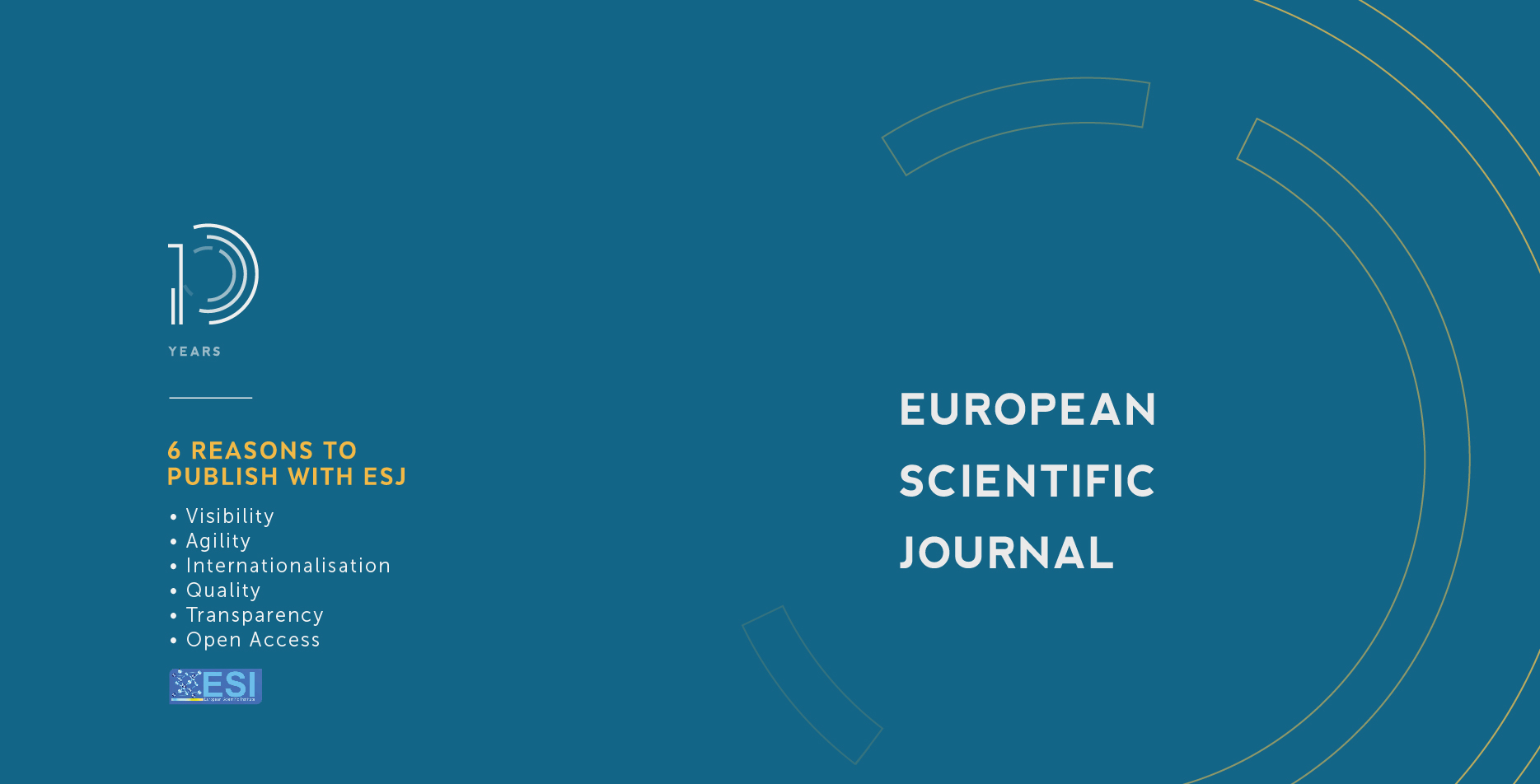The Impact of Exchange Rate on Ethiopia’s Coffee Export
Abstract
Although coffee constitutes the largest share of exports, producers in Ethiopia have historically received a small percentage of the export revenue from the price of green coffee. Reasons often mentioned are heavy government intervention and high marketing and processing costs. Before 1992, government regulation of the domestic coffee market in the form of fixed producer prices and the Ethiopian Coffee Marketing Corporation's monopoly power put a substantial wedge between the producer price and the world price of coffee by imposing an implicit tax on producers. Having liberalized the market and adopted a floating exchange rate regime to boost exports (coffee) as the country struggles with foreign exchange shortages, not much has improved in exports (coffee) or foreign reserve availability. This paper utilizes monthly data from 2010-2015 to develop a multiple regression model to determine the impact the exchange rate has on coffee export if there is any. The empirical findings indicate that the exchange rate is not significant in determining or influencing exports but the prices of the two famous coffee types (Arabica and Robusta). Corroborated by the research outcome, we suggest that policymakers do not rely on the depreciation or devaluation of the ETB (Ethiopian Birr) as a tool for export promotion and growth.
Downloads
PlumX Statistics
Copyright (c) 2021 Solomon Tewelde Argaie

This work is licensed under a Creative Commons Attribution-NonCommercial-NoDerivatives 4.0 International License.








